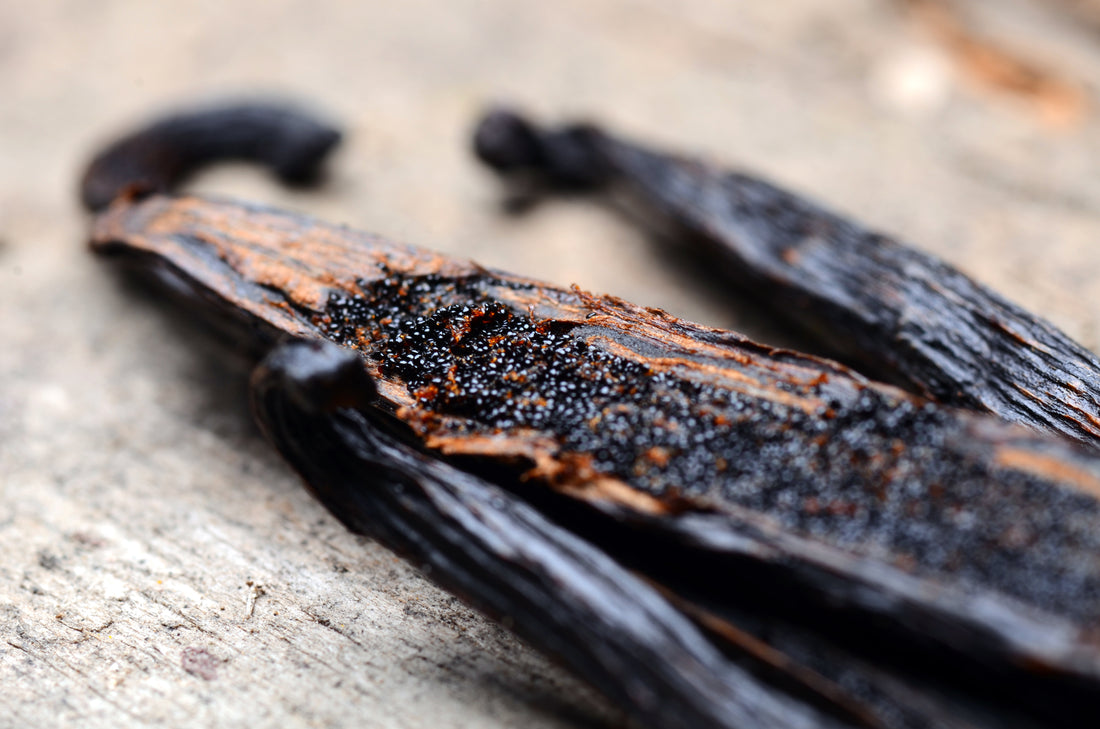When you think about Vanilla, you probably think about its origins and the process of harvesting and curing it. The process of vanilla production has several stages, including origins, harvesting, curing, and price. If you're curious about the vanilla bean's production process, read this article to discover the basics. There's a lot to learn about this tasty bean! You'll be able to appreciate the many ways it can be used.
Origins
The humble vanilla bean traces its roots back to the ancient Totonac people of Mexico. These indigenous people used the vanilla bean to sweeten their xocoatl, or chocolate drink. The Aztecs, who conquered Totonacos in 1427, also enjoyed the sweet taste of the vanilla. They called it "tlilxochitl," and the Totonacs eventually cultivated it as a tribute to the conquering emperor Montezuma.
Harvesting
If you're interested in growing vanilla for commercial purposes, you've probably heard about the process of harvesting the fruit. This method involves cutting a vine section, which usually has six or more leaf nodes and an opposite root per leaf. The lower leaves are then buried in loose soil at the base of the support. The upper roots, however, cling to the support and grow downwards. If conditions are right, this process can begin within a year.
Curing
A careful curing process is the key to the quality of your vanilla. It is crucial that you begin the curing process within 24 hours of harvesting, as it will take several months to produce a single pound of vanilla beans. After a few days of autoclaving, the beans are weighed and analyzed for enzyme activity. Enzymes b-glucosidase and peroxidase were present at higher levels when the beans were green but were not detectable after 24 hours. After 29 days, they were detected at 20 percent and 20% respectively. However, these levels did not increase during the autoclaving process.
Price
A long-term, sustainable supply of quality vanilla is essential to the global economy, which is why foreign flavor companies work with local farmers to build primary schools, organize health insurance, and create local cooperatives. The increasing demand will help satisfy the market, and legal pressures against illegal extraction and green vanilla are reducing the incentive for food manufacturers to break pure vanilla laws. Fortunately, there's still time to save the world by investing in vanilla farmers' cooperatives.
Synthetic vanilla
While the rich flavour of natural vanilla is prized, its high price often makes the process of making synthetic vanilla an attractive option for producers. Unfortunately, 85 percent of synthetic vanilla comes from chemicals derived from fossil fuels. In addition, the air that surrounds a vanilla pod destroys its flavor, so it's much better to buy a pod in a glass tube rather than a bottle. Fortunately, there are now many brands of synthetic vanilla available.
Sustainability
The relationship between commodities and sustainability is particularly strong in the case of vanilla. Production of vanilla is dependent on poor smallholder farmers and has received much attention from sustainability initiatives, but it has also seen a recent price spike. The April 2017 high quality Vanilla planifolia reached $600 per kg, more than a 14-fold increase since 2013. While vanilla price increases are a welcome source of income for upstream actors, the situation poses complex challenges on economic, social and environmental sustainability.

